Whale migrations have long captured the human imagination with their profound sense of mystery and grandeur. Among these great journeys, the migration off Alaska’s coast is particularly stunning due to its scale, spectacle, and scientific importance. This article delves into the captivating details of this marine phenomenon, offering insights into the majestic creatures making these long voyages, why they migrate, and what it means for the ecosystem.
Whales: Giants of the Ocean

Whales are some of the largest creatures on Earth, with species like the blue whale reaching lengths of up to 100 feet. These marine mammals are known for their intelligence, complex social structures, and unique communication skills. Understanding their migration patterns provides a glimpse into the life cycles of these ocean giants and their role in marine ecosystems.
The Magnitude of Migration

Every year, more than 20,000 gray whales embark on a remarkable journey from their feeding grounds in the Arctic to the warmer waters of Baja California, Mexico. This 10,000-mile round trip is one of the longest migrations undertaken by any mammal. The whales travel to breed and give birth in the protected lagoons of the Mexican coast before returning to the rich feeding grounds off Alaska’s coast.
Why Do Whales Migrate?
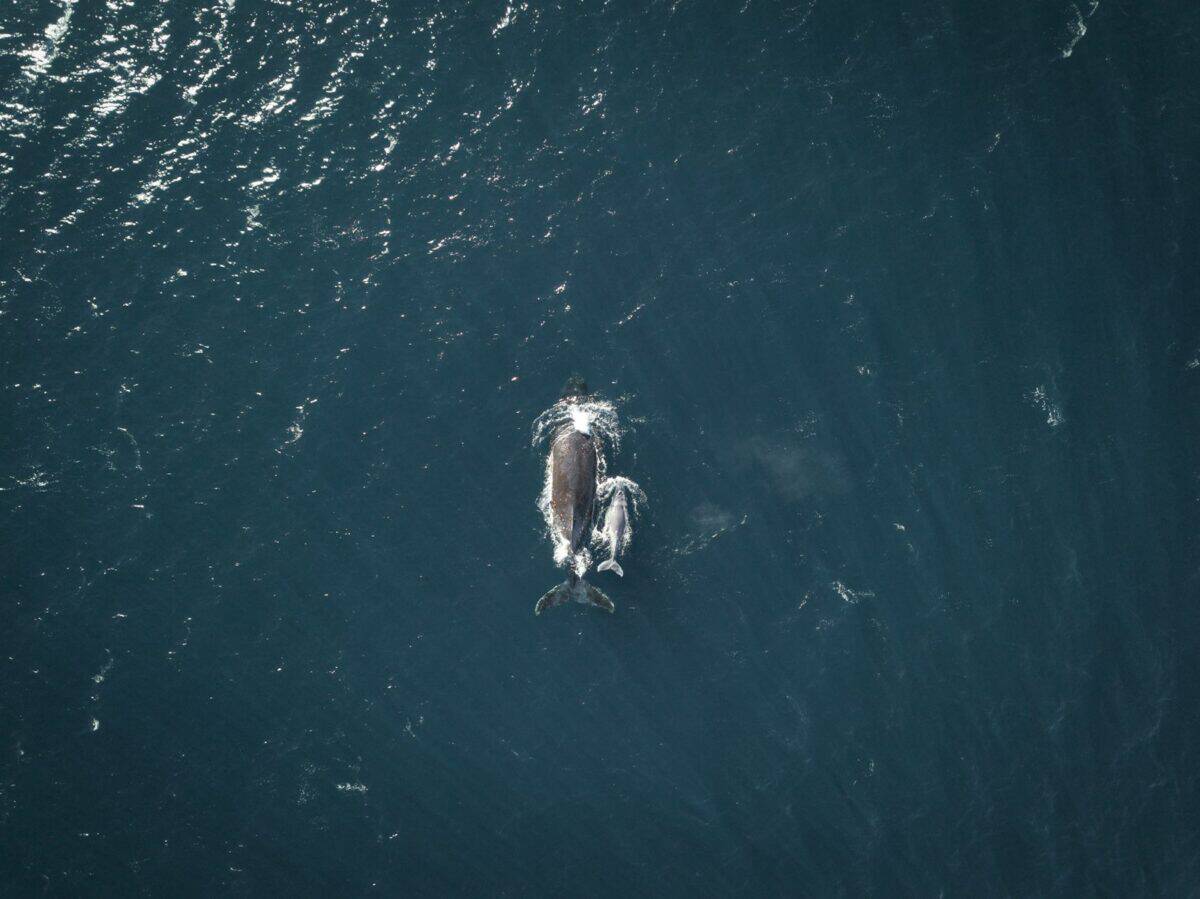
The primary reasons for whale migration include breeding, giving birth, and feeding. The nutrient-rich waters of the Arctic provide an abundant food supply necessary for the whales to build up energy reserves. In contrast, warmer waters are ideal for birthing and nurturing calves in a safe environment free from predators like killer whales.
The Journey Begins: Departing the Arctic
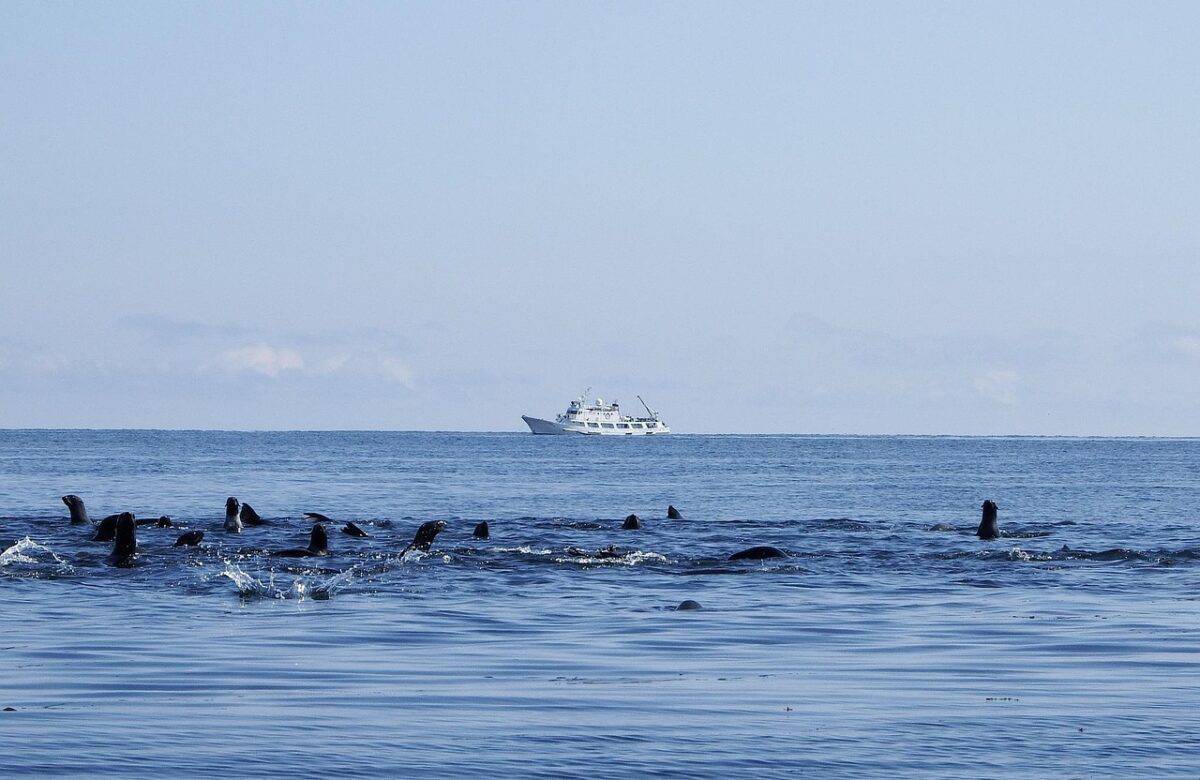
The migration typically begins in the fall when whales start leaving the Chukchi and Bering Seas. These waters provide them with copious amounts of krill and small fish necessary to accumulate the energy required for their long journey. As the ice begins to form, whales head south, encouraged by the decreasing daylight and dropping temperatures.
Navigating the Waters: Sensing the Way
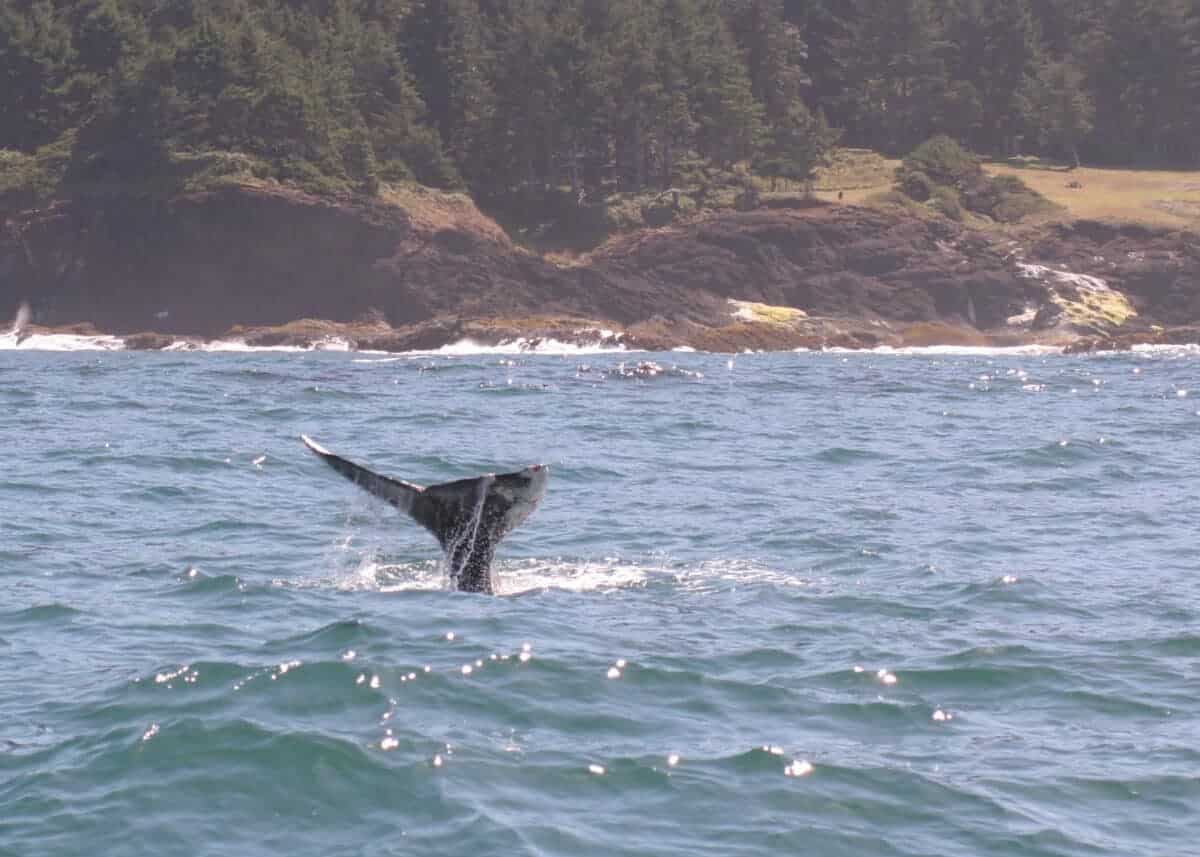
Whales rely on a fascinating combination of biological navigation tools, including their highly developed sense of hearing and possibly the Earth’s magnetic fields, to guide them. Their internal compasses lead them along coastlines and through open ocean waters, maintaining precise migration routes year after year.
A Spectacular Show for Whale Watchers

The migration off Alaska’s coast offers a magnificent opportunity for whale watchers to witness these creatures up close. Juneau, Seward, and the waters near Anchorage are just some of the prime locations for watching humpback whales breach and gray whales glide gracefully through the sea. These experiences foster a deeper appreciation for marine life and the importance of conservation efforts.
The Breeding Grounds: Lagoons of Baja California

Upon reaching Baja California, many whales enter lagoons such as San Ignacio or Magdalena Bay, which provide a safe haven for calving. These lagoons serve as nurseries where mother whales nurse their young, teaching them vital survival skills before the long journey back north.
Return to Alaska: The Journey North
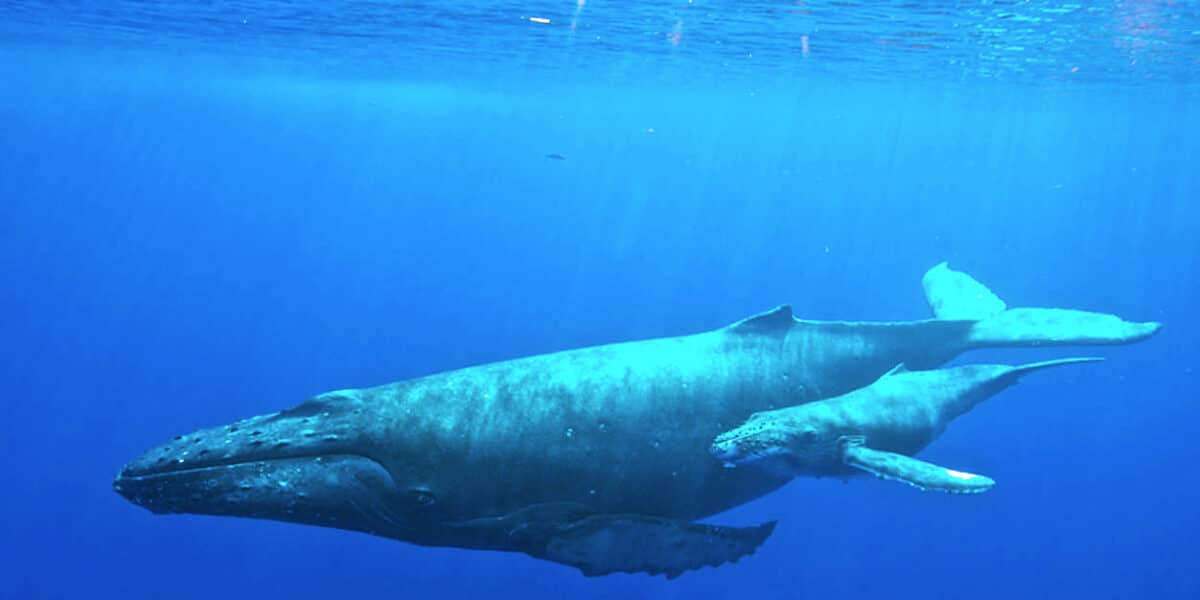
In late winter and early spring, as calves become strong enough to travel, the whales begin their voyage back to the feeding grounds. The northbound trip is crucial as it prepares the next generation of whales for independence while ensuring that adult whales replenish their depleted energy supplies.
Challenges Along the Way
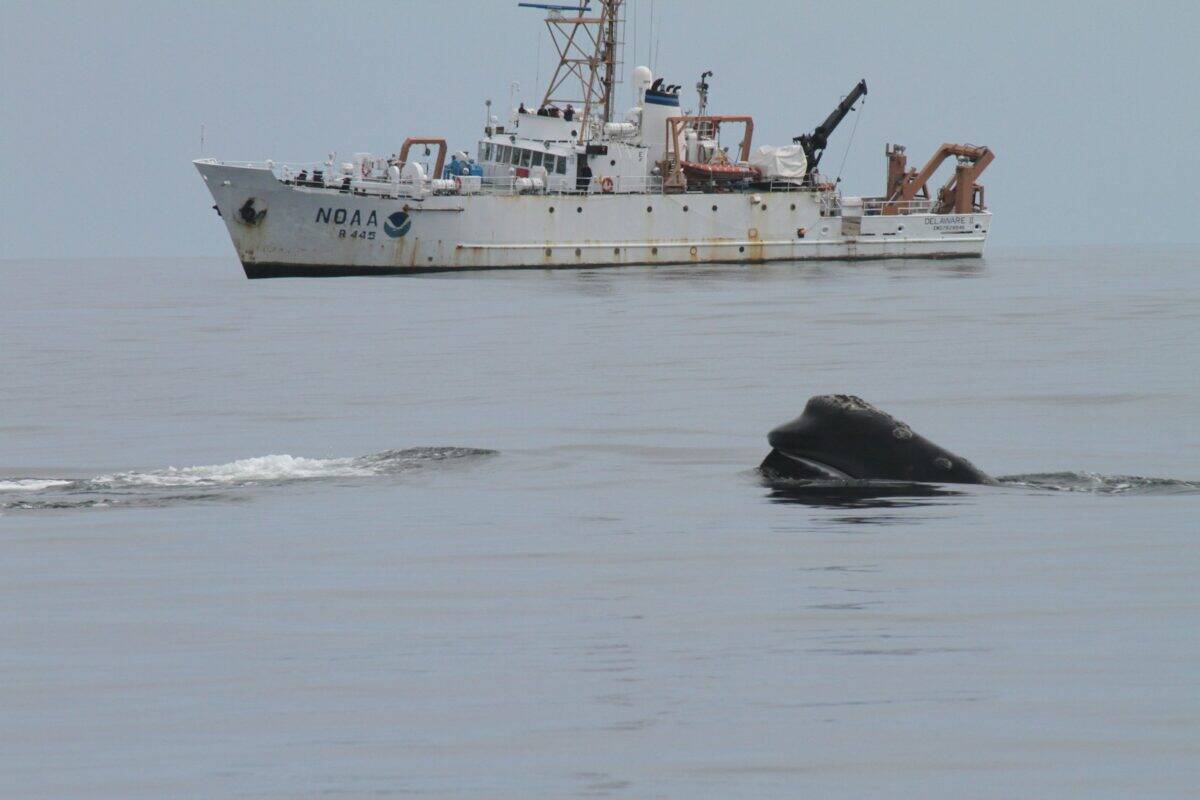
Whale migration is fraught with challenges, including threats from predators, entanglement in fishing gear, and ship strikes. Climate change poses additional risks, altering water temperatures and food availability. Conservation efforts focused on reducing human impact are vital to sustaining healthy whale populations.
The Role of Conservation and Research

Research initiatives play an integral role in understanding whale migration patterns. Studies involve tracking whale movements, examining their health, and assessing the impact of environmental changes. Conservation programs aim to mitigate threats such as ship collisions and fishing net entanglements, promoting safer migration routes and protected areas.
Whale Migration: A Symbol of Ecological Interconnectedness

The migration of whales is a testament to the interconnectedness of ocean ecosystems. These journeys play a crucial role in nutrient cycling as whales feed and defecate, supporting a diverse range of marine life. Protecting whales is, therefore, not just about preserving one species but maintaining the health of entire ocean habitats.
The Future of Whale Migration

As our understanding of whale migration increases, so too does our responsibility to protect these incredible creatures. Technological advancements like satellite tracking and acoustic monitoring offer new ways to study whales and seal the gaps in our knowledge. Furthermore, international cooperation in marine conservation efforts can help safeguard the future of these epic migrations.
In conclusion, the stunning whale migration off Alaska’s coast serves as both a natural marvel and an essential ecological process. These majestic journeys highlight the resilience and beauty of marine life while underscoring the need for continued conservation efforts to ensure that future generations can witness this awe-inspiring spectacle.
- 10 Species Once Thought Extinct That Made a Comeback - August 9, 2025
- 11 Incredible Animals Found Only in the Pacific Islands - August 9, 2025
- Why Zebras Roll in Dust and Mud - August 9, 2025

